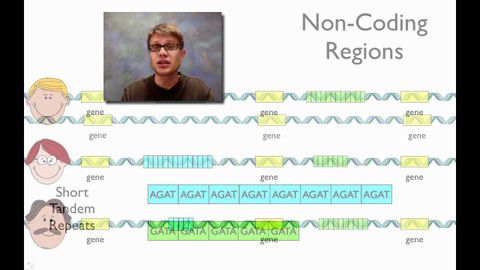
Subtitles & vocabulary
DNA Fingerprinting
00
Cheng-Hong Liu posted on 2014/11/21Save
Video vocabulary
figure
US /ˈfɪɡjɚ/
・
UK /ˈfiɡə/
- Verb (Transitive/Intransitive)
- To appear in a game, play or event
- To calculate how much something will cost
- Noun
- Your body shape
- Numbers in a calculation
A1TOEIC
More bit
US /bɪt/
・
UK /bɪt/
- Noun
- Device put in a horse's mouth to control it
- Small piece of something
- Intransitive Verb
- (E.g. of fish) to take bait and be caught
A1
More basically
US /ˈbesɪkəli,-kli/
・
UK /ˈbeɪsɪkli/
- Adverb
- Used before you explain something simply, clearly
- In essence; when you consider the most important aspects of something.
A2
More eventually
US /ɪˈvɛntʃuəli/
・
UK /ɪˈventʃuəli/
- Adverb
- After a long time; after many attempts; in the end
- At some later time; in the future
A2
More Use Energy
Unlock All Vocabulary
Unlock pronunciation, explanations, and filters
